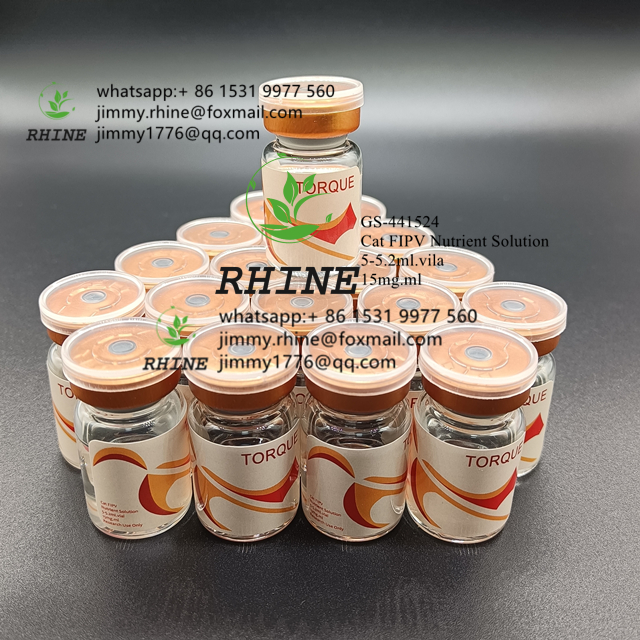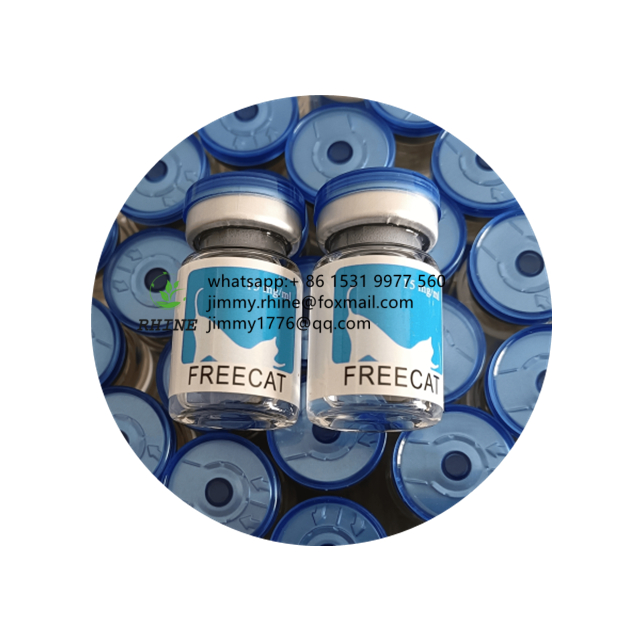
Recently, some insiders reported to Southern Reporters that a batch of unregistered in vitro diagnostic reagents sold by Thermo Fisher Scientific (China) Co., Ltd. (hereinafter referred to as "Simofly") was used for clinical diagnosis, Beijing, Shanghai, Nanjing and many other medical and research institutions are involved.
Why is the reagent "undocumented streaking"?
According to relevant national regulations, in vitro allergen reagents can only be used as scientific research reagents if they have not obtained the medical device registration certificate. The diagnosis report cannot be issued. The results are for medical reference only. "A certificate can be used as a diagnosis, and no evidence is scientific research," an industry source said. Why has this reagent been "undocumented streaking" for many years?
The reporter found out the clues when combing the relevant provisions on the registration management of in vitro diagnostic reagents for nearly a decade.
Article 15 of the “Regulations on the Administration of Registration of In Vitro Diagnostic Reagents (Trial)†(Guo Food and Drug Administration [2007] No. 229) adopted by the State Food and Drug Administration in April 2007 stipulates that “only for research, not for use Clinically diagnosed products do not need to apply for registration, but the instructions on the instructions and packaging labels must be marked "for research purposes only, not for clinical diagnosis". This is equivalent to leaving a "mouth" for unregistered reagents at the time. It was not until June 2014 that this article was deleted from the newly revised Regulations on the Administration of Registration of In Vitro Diagnostic Reagents.
During the 7 years, some manufacturers have used this regulation, and the in vitro diagnostic reagents produced are not registered, and only the words “for research, not for clinical diagnosis†are marked on the box. This incompletely compliant reagent is sold to a secondary or even tertiary care facility in the name of “scientific research†for clinical diagnosis.
On March 13, 2014, the Notice of the State Administration of the People's Republic of China on Printing and Distributing the Special Action Plan for Five Remediation of Medical Devices clarified the punishment basis for the use of unlicensed products. For the use of uncertified in vitro diagnostic reagents by medical institutions, penalties shall be imposed in accordance with Article 42 of the Regulations on the Supervision and Administration of Medical Devices, and the competent health authorities at the same level shall be notified.
Sun Binyuan, director of the Information Office of the Anhui Food and Drug Administration, has publicly stated that only after rigorous clinical trials and technical review by the State Food and Drug Administration have confirmed that they are safe and effective, these reagents can obtain medical device registration certificates and be listed for circulation.
Why don't companies apply for a certificate?
According to the current “Regulations on the Approval of the Registration and Approval of the Third Class and Imported Medical Devices in Chinaâ€, the registration and approval of the third category and the imported Class II and Class III medical devices include the acceptance, technical review, administrative examination and approval and the production of the approval documents. And are responsible for the relevant departments of the State Food and Drug Administration.
Since there is a mechanism for applying for registration, why not apply for a certificate?
An industry source said that the time and money required to apply for a certificate is huge. "Every allergens need to get a registration certificate, the market does not have such a large demand, the cost exceeds the income, which is why Thermo Fisher did not register." Quality is fundamental, but the promotion depends on economic interests.
Feline Infectious Peritonitis (FIP), referred to as Feline Infectious Peritonitis (FIP), is a fatal abnormal immune response that occurs in cats. It is caused by the mutation of the feline coronavirus carried by cats. As a high-incidence and fatal disease of pet cats, the current incidence of feline abdominal transmission is about 10%.

The symptoms of cats are usually divided into two categories, namely wet FIP and dry FIP, of which wet FIP accounts for the majority of all cases. About 70%, manifested as abdominal pleural effusion, abnormal bulging; dry FIP cats have different symptoms, depending on the type of organ affected by the virus.

So far, all feline feline feline treatments are based on the characteristics of the disease, and GS-441524 can play a role in the treatment of feline feline disease. Therefore, the therapeutic effect of GS-441524 is obviously more ideal, the dose used is less, the treatment cycle is shorter, and the efficacy, safety and convenience of operation are all good. Because of this, GS-441524 is considered by many pet owners and veterinarians to be a magic medicine that can effectively treat feline abdominal infection.

Gs 441524 Fip,Fip Treatment Gs441,Gs 441524 Fipv Cats,Gs 441524 For Fip
XI AN RHINE BIOLOGICAL TECHNOLOGY CO.,LTD , https://www.rhinebioteches.com